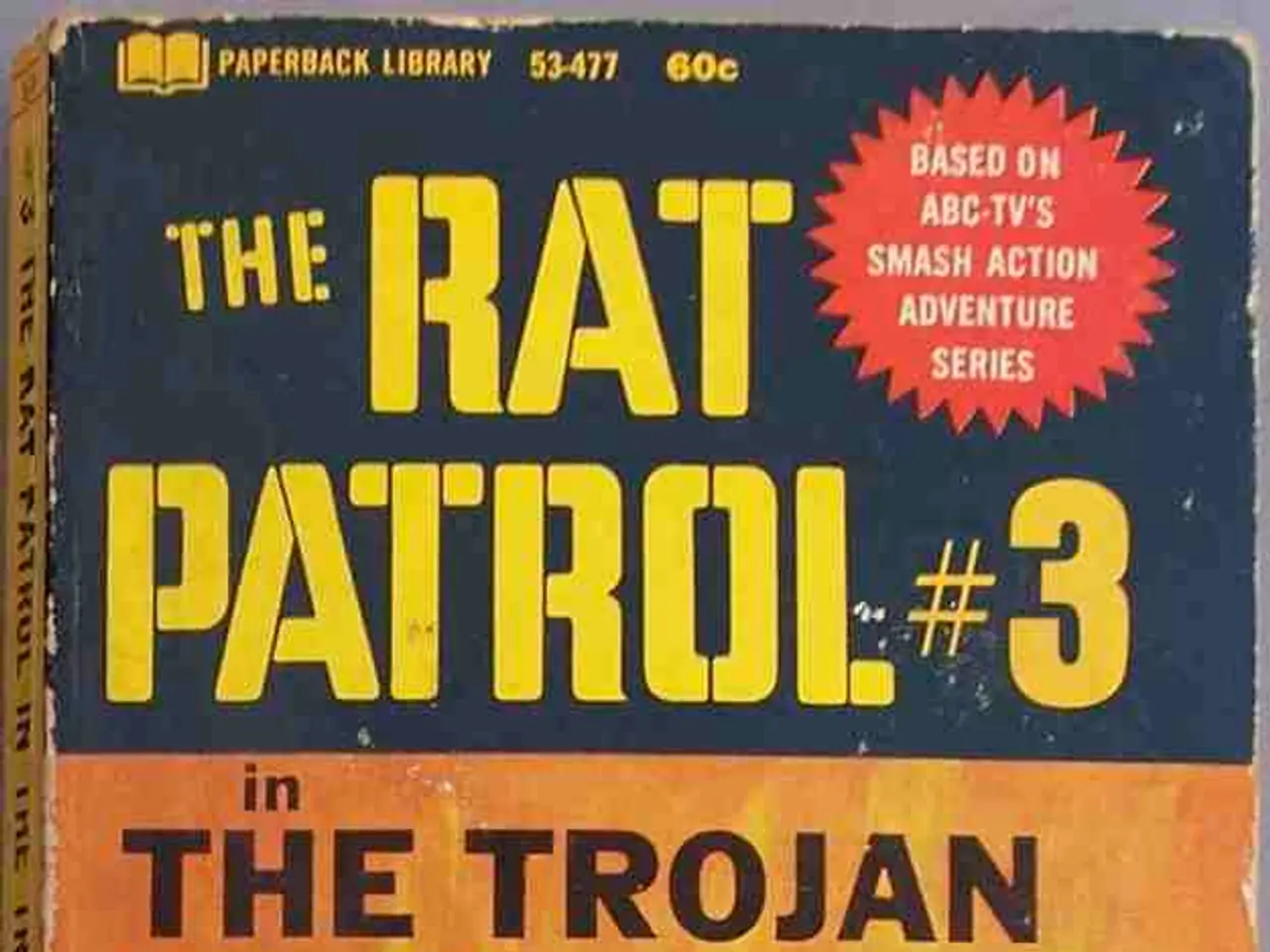Exploring the Intricate Reasoning Behind Conflicts: Data Analysis and Mid-Level War Strategies
**New Open-Source Dataset Provides Comprehensive Insight into Modern Warfare**
A groundbreaking open-source dataset, MONSTr (Military Operations and Strategic Trends Research), has been developed to offer a more expansive understanding of modern warfare. The dataset, created by Kerry Chávez, PhD, an instructor at Texas Tech University, provides a detailed analysis of US military operations from 1989 to January 2021.
MONSTr's unique feature lies in its ability to control for the strategic context in which operations occur, enabling scholars to delve deeper into legacy theories. By including variables identifying strategic events in which cases are nested, researchers can isolate them, cross-reference with other sources, and scale up and down at will.
The dataset addresses a significant gap in existing resources, which are either highly generalized or highly specific and siloed. MONSTr provides a list of combatants on both sides (allies and adversaries) for every operation, offering a more holistic view of military engagements.
One of the key challenges in modern warfare is the increasing complexity and multidomain nature of conflicts. MONSTr's data collection was accomplished using state-of-the-art automated data retrieval techniques from Wikipedia, ensuring a comprehensive and disaggregated list of US military operations.
The dataset identifies seven types of force: ground troops, paramilitary (special operations), close air support, air-to-air combat, aerial bombing, cruise missiles, and drones. This allows for analyses of combined force employment, showing which means were used in conjunction.
Another crucial aspect of MONSTr is its nested structure identifying operations within broader interventions. This feature equips researchers to study time and context in war with greater rigor, offering insights into how states and nonstate combatants fight.
The dataset's comprehensive nature is particularly evident when comparing it to existing resources. For instance, the Afghanistan War, a seminal conflict, has only one observation in three of the most prominent data sources. MONSTr, on the other hand, captures dependence between observations, providing information on 313 observations representing the sixty-five post-1989 US interventions covered in all existing datasets combined.
The dataset's creation comes at a time when understanding the complexities of modern warfare is more important than ever. The use of special operations forces increased in the Afghanistan and Iraq Wars, intermixing advanced combat technology and population trust in counterinsurgency campaigns. However, mismanagement of special operations can have significant political and military consequences.
Furthermore, having a military advantage does not necessarily translate into strategic success. A focus solely on tactical victories without aligning them with broader strategic goals can lead to overall defeat. Other factors contributing to military defeat despite advantage include operational readiness and planning, humanitarian considerations and civilian safety, domestic audience constraints and political costs, and complexities in multinational cooperation.
In conclusion, MONSTr offers a valuable resource for practitioners, students, and scholars seeking to understand the intricacies of modern warfare. By providing a more comprehensive and disaggregated view of US military operations, the dataset sheds light on the complexities of modern warfare and offers insights into how states and nonstate combatants fight.
- The military domain is evolving, with increased focus on special operations and advanced combat technology in warfare, as demonstrated in the Afghanistan and Iraq Wars.
- The MONSTr dataset, developed by Kerry Chávez, covers US military operations from 1989 to January 2021, providing detailed analyses that can help scholars delve deeper into legacy theories.
- MONSTr's unique feature is its ability to control for the strategic context, enabling researchers to isolate key events and cross-reference them with other sources.
- The dataset addresses a significant gap in existing resources, offering a more holistic view of military engagements by providing a list of combatants on both sides for every operation.
- In modern warfare, data-and-cloud-computing technology plays a crucial role in automating data retrieval techniques, as seen in MONSTr's comprehensive and disaggregated list of US operations.
- The MONSTr dataset identifies seven types of force: ground troops, paramilitary (special operations), close air support, air-to-air combat, aerial bombing, cruise missiles, and drones.
- Civil-military relations are essential in understanding modern warfare, and the nested structure of MONSTr allows researchers to study time and context with greater rigor.
- National security, climate-change, and environmental-science policies play a significant role in shaping war and conflicts, and MONSTr's data can provide insights into how states and nonstate combatants adapt to these changing realities.
- Policy-and-legislation and general-news outlets should take note of the MONSTr dataset, as it offers valuable insights into the complexities of modern warfare and can aid in informed decision-making and public discourse on warfare and defense strategies.




